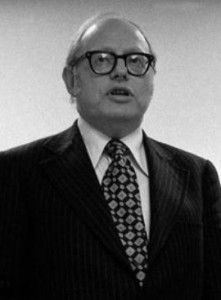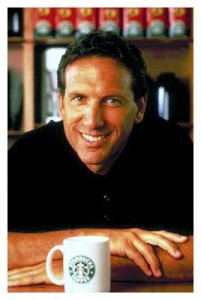Jacob E. Goldman (1921-2011) was born in Brooklyn to Jewish-Russian immigrants. He studied at both Yeshiva University and the University of Pennsylvania, where he got his Ph.D in physics. After brief stints working for Westinghouse and as a teacher for Carnegie Tech, he joined the Ford Motor Company’s Scientific Research Laboratory, where he helped to develop the sodium-sulfur battery for electric cars and large-scale energy storage, among many other things. Rising through the ranks, he soon became head of the department, and the first Jew to be an executive at the formerly anti-Semitic Ford Company. In the 1960s, Goldman was brought to Xerox to head its new computing division, and serve as chief scientist and technical officer. At the time, the computer industry was just getting underway, and Goldman convinced the authorities at Xerox to start a new research facility on the West Coast, near Stanford University, where they would be able to recruit young talent. For a while, the New-York based Xerox was reluctant to open up a new lab so far away, but eventually gave Goldman a chance. Teaming up with fellow physicist George Pake, the two opened up the Palo Alto Research Center, better known as PARC, in 1970. This lab would go on to completely revolutionize the digital world and the computer industry. PARC scientists, under the visionary leadership of Goldman and Pake, developed the laser printer, Ethernet, and most importantly, the first personal computer, as well as the first computer to have a graphical user interface (GUI) with an easy to use “desktop”. The concept of windows, folders, and icons that are operated by a computer mouse was also developed at PARC, as were the basics for LCD screens and optical discs. Interestingly, one of the few people who got a tour of PARC was a young Steve Jobs, who was so inspired by what he so that he went on to found Apple, drawing on most of PARC’s technologies for his own designs. Ultimately, it was Apple and Microsoft that took advantage of PARC’s advancements, as Xerox failed to support Goldman in commercializing those technologies. Nonetheless, Goldman is considered a key figure in transforming computers from massive industrial calculators to personal interactive tools used by the public.
Words of the Week
Jews have tended to prefer the power of ideas to the idea of power.
– Rabbi Lord Jonathan Sacks




